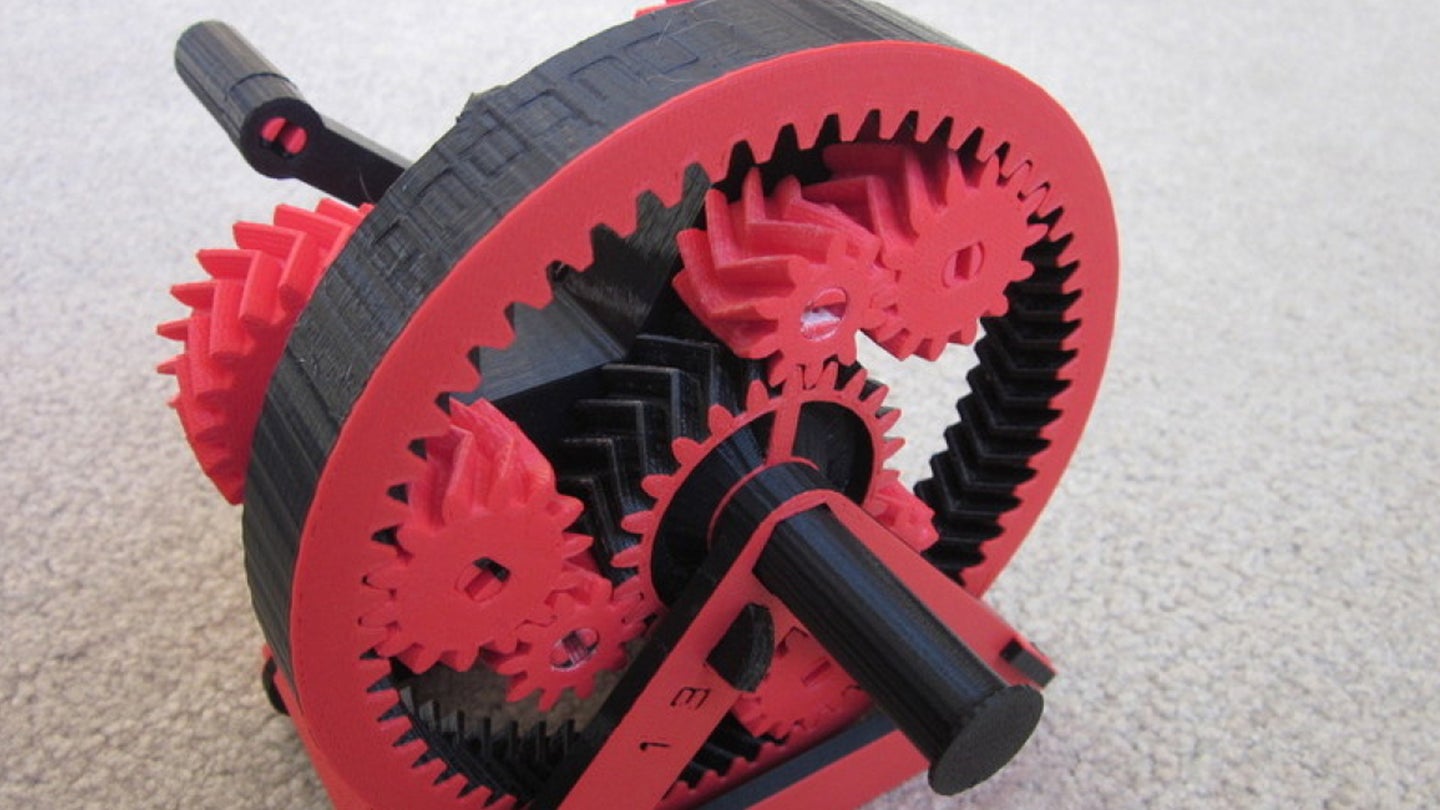Check Out This Cool 3-D-Printed Automatic Transmission Model
Ever wonder how an automatic transmission changes gears? Now you can print out a model to see how it’s done.

3-D printing is a technology that has been used in the automotive industry for quite some time. Though many of its functions may soon be replaced by virtual reality, 3-D printing will still be used in a lot of prototyping. Since entering the home market, this new form of creating physical items from spools of plastic has helped to inspire garage-engineers to create things that they would otherwise have had to visualize when learning.
If you've ever wondered how a traditional automatic transmission works, the below video does a good job of explaining just that.

In short, automatic transmissions use planetary gear sets to achieve different gear ratios. When a gear is changed, different ring gears are activated by clutches in the transmission. Depending on which ring gears are active, different ratios will be achieved.
The model uses manual brakes that the narrator, Emmet Lalish, flips on and off to simulate the fluid-controlled clutches in a traditional automatic transmission. While flipping specific brakes on and off, Lalish is able to have the transmission change gear ratios and adjust the output speed just like an automatic transmission would.
“The clutch is actuated by sliding the drive shaft through to different positions (which each have two gear markings), while three separate brakes each also have two gear markings. You select a gear by engaging the brake and clutch position associated with your desired gear.”
Emmet Lalish
Pretty cool, if you ask me. Take a look at the video to see the model in action:

If you are lucky enough to have access to a 3D printer at home, you can download the STL files from Thingiverse to print this yourself.
